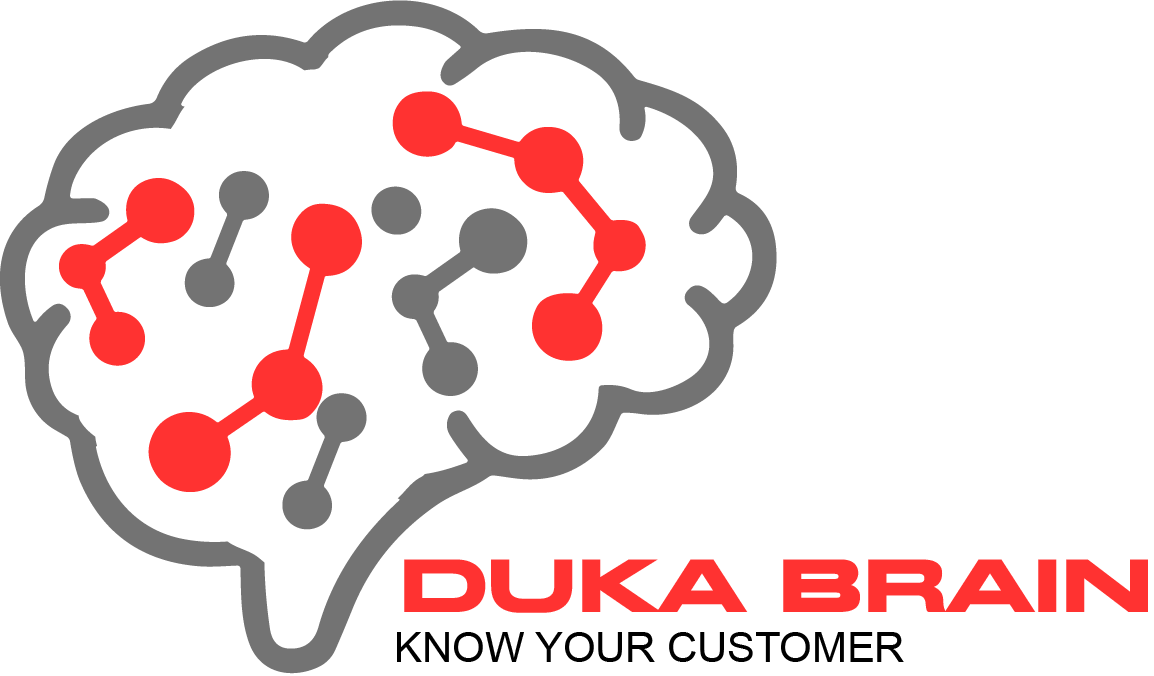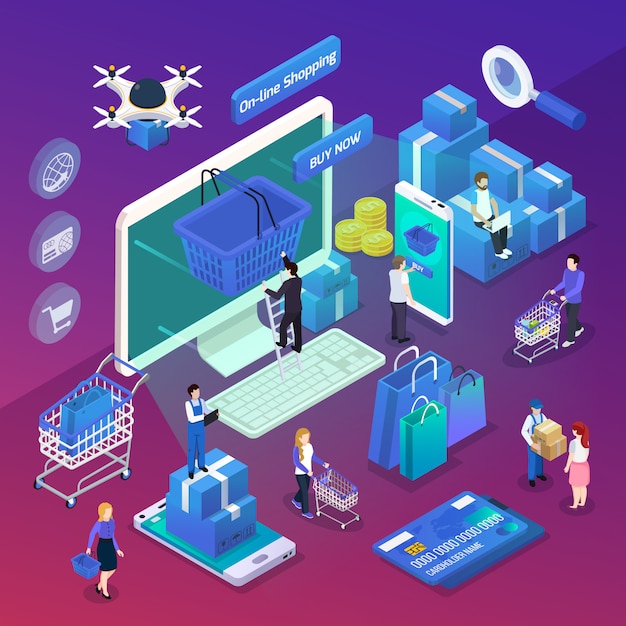Introduction: AI Agents Are Redefining the Purchase Journey
Walmart just changed the rules of retail. With its rollout of AI shopping agents, the world’s largest retailer has signaled what industry insiders have quietly anticipated for years: artificial intelligence isn’t just helping consumers search for products—it’s about to buy everything for them.
Welcome to the era of agentic buying. Powered by generative AI, agentic buying is the new frontier where autonomous software agents make decisions, negotiate deals, and complete purchases on behalf of their human owners. The implications? Tremendous disruption. Some brands will fade into algorithmic obscurity. Others, however, will rapidly adapt and thrive in an ecosystem where persuading a consumer increasingly means persuading their AI.
This isn’t just another headline—this is a paradigm shift. For marketers and executives, the question is clear: how does your business avoid being forgotten by tomorrow’s automated, always-on AI buyers? And more importantly: how can you leverage this shift as a competitive edge?
This blog decodes the news, uses newsjacking strategies to show how to act now, and equips you with actionable playbooks—spotlighting how DukaBrain can prepare your brand for an autonomous AI-driven future.
The Rising Importance of Agentic Buying: Why It Matters Now
Agentic buying is the process by which autonomous AI agents act as proxies for human shoppers. These bots, or “agents,” aren’t just making recommendations: they’re making purchases, handling negotiations, and optimizing every element of the consumer journey, from product discovery through post-purchase service.
The Forces Accelerating Agentic Buying
- Rapid Advances in AI: Generative models can understand, reason, and act in increasingly human-like ways.
- Consumer Trust Grows: As AI proves adept at finding deals and reducing hassle, users are delegating more purchasing power.
- Industry Investment: Walmart and top competitors are deploying AI at scale for improved operations and hyper-personalization.
Agentic Buying Changes Everything
What makes this trend urgent? The algorithms making decisions for buyers behave differently from humans. They optimize ruthlessly for price, value, trust signals, and relevance. Human-centric branding, emotional appeals, and impulse tactics lose ground to data-driven precision.
Below, see a quick impact table:
| Factor | Impact on Brands |
|---|---|
| Autonomous decision-making | Reduced direct consumer brand exposure |
| Real-time AI negotiation | Need for dynamic, responsive pricing |
| Data-driven personalization | Rising standards for relevance and fit |
Brand Blindspots in the AI Buying Age
If your brand isn’t optimized for AI buyers, you risk:
- Being filtered out before any human sees your offer
- Missing out on sales due to poor data structure or lack of real-time info
- Failing to stand out in AI-aggregated, algorithm-driven marketplaces
How Agentic Buying Affects Your Brand Strategy
As AI agents become the primary purchasing decision-makers, the consumer journey splinters. What does this mean for brands and marketers?
Evolving Touchpoints
- AI is the new gatekeeper: Voice assistants and chatbots field queries and execute transactions seamlessly.
- Fewer chances for brand pitches: Your products must impress an algorithm, not a casual browser.
New Rules for Discovery
- Optimize for AI search: Traditional SEO isn’t enough—AI agents parse metadata, structured data, and trusted digital signals.
- Omni-channel harmony: AI agents synthesize data from multiple channels (social, reviews, inventory feeds) to make real-time choices.
Actionable Insights for Adapting Now
- Structure products with AI-friendly metadata: Use schema.org, rich snippets, and clear tagging.
- Enable dynamic pricing: Let AI agents see up-to-date offers that respond to demand or inventory.
- Invest in predictive customer intent analysis: Use AI to anticipate what agents (not just humans) will need and when.
Bullet Point Playbook
- Update all product information with rich, standardized metadata and structured data
- Employ live inventory and pricing feeds that AI agents can query
- Develop product content aimed not just at human eyes, but at AI parsing engines—brief, unambiguous, data-rich
- Integrate feedback loops to continually test how your listings perform with AI agents
- Map customer touchpoints accounting for “behind-the-scenes” agent interactions
Leveraging DukaBrain to Prepare Your Brand for Agentic Buying
Navigating the age of agentic commerce doesn’t mean re-inventing the wheel. It demands targeted, AI-first solutions. That’s where DukaBrain’s platform steps in: bridging your brand and tomorrow’s autonomous agents with radical simplicity.
DukaBrain’s Agentic Readiness Suite
- AI-Optimized Content Structuring: Transform product and brand information into machine-readable, AI-friendly formats that drive prominence in agentic marketplaces.
- Predictive Analytics: Uncover emerging agent buying signals, price sensitivity, and product mix trends—before your competitors see them.
- Targeted Automation: Trigger offers, promotions, or personalized messaging directly to AI-curated micro-segments.
DukaBrain Gives Brands an Algorithmic Edge
- Adapt product catalogues for both human and AI consumption
- Automate dynamic updates—ensuring agents receive the latest pricing, inventory, and product changes in real time
- Streamline reporting so you see the true ROI of agentic sales and web traffic, not just clicks from human shoppers
Use Case Example
A global beauty brand integrated DukaBrain, enriching product feeds with deep AI-compatible metadata and dynamic pricing APIs. Over six months, the brand saw product placement improve by 40% in voice/AI-driven shopping apps, resulting in a measurable surge in automated “buy” actions.
Supporting Evidence & Industry Commentary
If Walmart—the ultimate logistics and retail powerhouse—is shifting its infrastructure for AI buying, so should you.
Newsjacked Insights:
- FourWeekMBA stresses the urgency for brands to ride newsworthy trends, adapting marketing strategies at the speed of the 24/7 AI news cycle.
- Early analyses from dig.watch show that Walmart’s AI agents:
- Increased cart value as algorithms bundled relevant add-ons
- Slashed abandoned cart rates by resolving friction in real time
- Drove faster purchase decisions by short-circuiting “paralysis by analysis” for shoppers
Data Points to Consider
- E-commerce AI agent adoption is doubling year-over-year, with AI-powered product selection and purchasing expected to handle more than 30% of all online orders by end of 2025 (Statista, Gartner).
- Customer satisfaction scores rose 20-35% in pilot programs where AI handled product matching and checkout assistance.
- Brands leveraging real-time AI interactions see, on average, a 50% reduction in out-of-stock issues and dynamic price adjustment gaps.
Practical Q&A: Common Questions About Agentic Buying and Brand Readiness
What is agentic buying and how soon will it impact my brand?
Agentic buying means AI agents make shopping decisions for consumers—often invisibly. It’s already reshaping retail and B2B buying. If your brand relies on digital sales or recommendation engines, this trend is urgent now.
How do AI agents decide which brands/products to buy?
AI agents use:
- Structured product data (metadata, attributes)
- Verified reviews and ratings
- Trust and reliability scores
- Real-time price, availability, and shipping estimations
- User-specific preferences and historic outcomes
Can brands influence AI buying decisions?
Yes—brands can:
- Provide AI with optimal, structured, transparent data
- Participate in real-time bidding, promotions, and dynamic pricing
- Build digital trust signals (security, ethical sourcing, verified performance)
How should SEO and content marketing evolve for AI agents?
Move beyond keyword stuffing. Focus on:
- Rich, entity-based metadata (brands, categories, uses)
- Content that resolves both foundational (“what is/which”) and transactional (“buy/best price”) queries
- Conversational, intent-driven Q&A sections for natural language AI parsing
What metrics should brands track to measure success in an AI buying ecosystem?
- Placement and ranking in AI-driven marketplaces
- Conversion rates from automated agent queries
- Real-time inventory-to-sale velocity
- AI-generated recommendation frequency
- Percentage of agent vs. human-initiated sales
How can automation tools like DukaBrain integrate with existing marketing tech stacks?
DukaBrain seamlessly connects to your current e-commerce, analytics, and CRM systems, providing:
- Automated export of structured product feeds
- Real-time data syncing with inventory, logistics, and promotion tools
- Comprehensive dashboards unifying agentic and human-driven KPIs
Conclusion and Next Steps: Make Your Brand Ready for AI’s Buying Era
Agentic buying isn’t a distant vision—it’s a market reality. Brands that adapt proactively will join Walmart and industry leaders in dominating the AI-driven purchase journey. Those who wait risk losing direct access to their customers as autonomous agents take the wheel.
If you want to ensure your brand stays top-of-mind—and top-of-list—in this new ecosystem, take these steps:
- Stay aligned with AI-centric marketing strategies and news.
- Leverage structured, data-rich content to influence AI agents.
- Integrate with automation tools like DukaBrain for a seamless, future-ready tech stack.
Ready to future-proof your brand against the tides of agentic buying? Contact us at DukaBrain for a strategic assessment and discover how simple, data-driven changes today can ensure your products are seen—and bought—by the AI agents of tomorrow.

